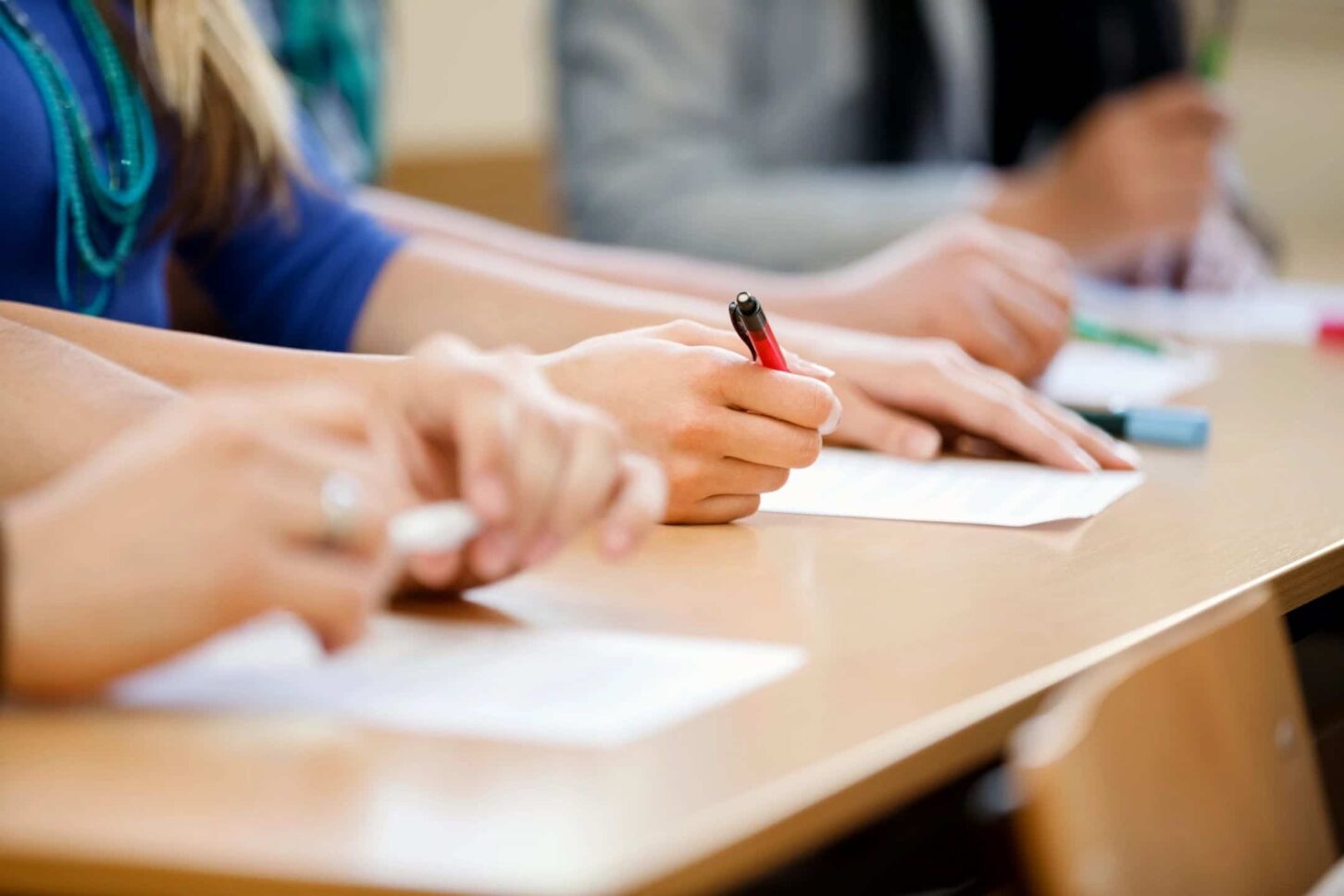
The COVID-19 recession is leading to sharp reductions in tax revenues. State and local governments need to conserve funds for urgent priorities – aid to the unemployed, hungry and sick – in addition to longstanding priorities like education, public safety, transportation and the environment.
The recession also is making it tougher for many families to afford tuition at private K-12 schools, and many will not be able to stay; private school enrollments in Georgia fell by over 12% during the economic downturn between 2007 and 2011.
If those private school students have to go back to the public school system – or to a public school for the first time – it will further magnify the fiscal challenges facing state and local governments as a result of the pandemic.
What would a significant migration of private school students to public schools in Georgia look like? More than 166,000 students in Georgia are enrolled in private schools today. Two years ago, public school districts in Georgia received from taxpayers, on average, about $12,800 per student. Of this amount, almost $11,500 in revenue per student comes from state and local taxpayers, with the state bearing around $5,700 of the cost.
Consider if private school enrollment drops by 10%, or roughly 17,000 students – a plausible estimate, given the severity of the current economic downturn and the experience in 2007-2011. The cost to Georgia taxpayers to absorb these children back into the public system and hold the level of services constant is cautiously estimated to be $142 million, plus recent increases in public school spending.
Given that state leaders already are preparing for significantly reduced revenue and a strained economic recovery post-pandemic, this additional cost is staggering.
If the Georgia Legislature does nothing, state and local taxpayers will be on the hook for at least $142 million to educate 17,000 more children in public schools in upcoming years, in addition to all the increased needs of unemployed Georgians.
But there is a clear way to significantly lower this fiscal cost. Private schools can serve as a release valve to budgetary pressures for governments because they are able to educate students for less than the per-pupil cost in public schools. Policies that expand educational options for families will lessen the fiscal burden on Georgia taxpayers, especially during challenging financial times like these.
The easiest way to keep private school students in private schools – and to save state and local taxpayers additional costs – would be to expand the state’s current tax credit scholarship program by $85 million. That would provide the equivalent of $5,000 scholarships for 17,000 children.
The authors have separately conducted fiscal analyses of Georgia’s tax credit scholarship program. The findings: The program already saves both state and local taxpayers money. The cost of $5,000 scholarships is lower than the $5,700 state taxpayers have been paying to educate students in public schools. Those savings add up.

If the goal is to save taxpayers money, it comes down to easy math: $85 million to expand school choice will cost taxpayers far less than the $142 million it would take to absorb those students back into Georgia’s public school system.
